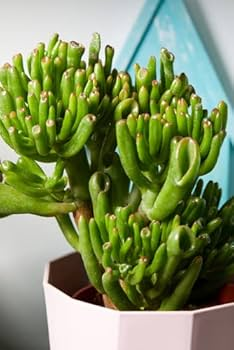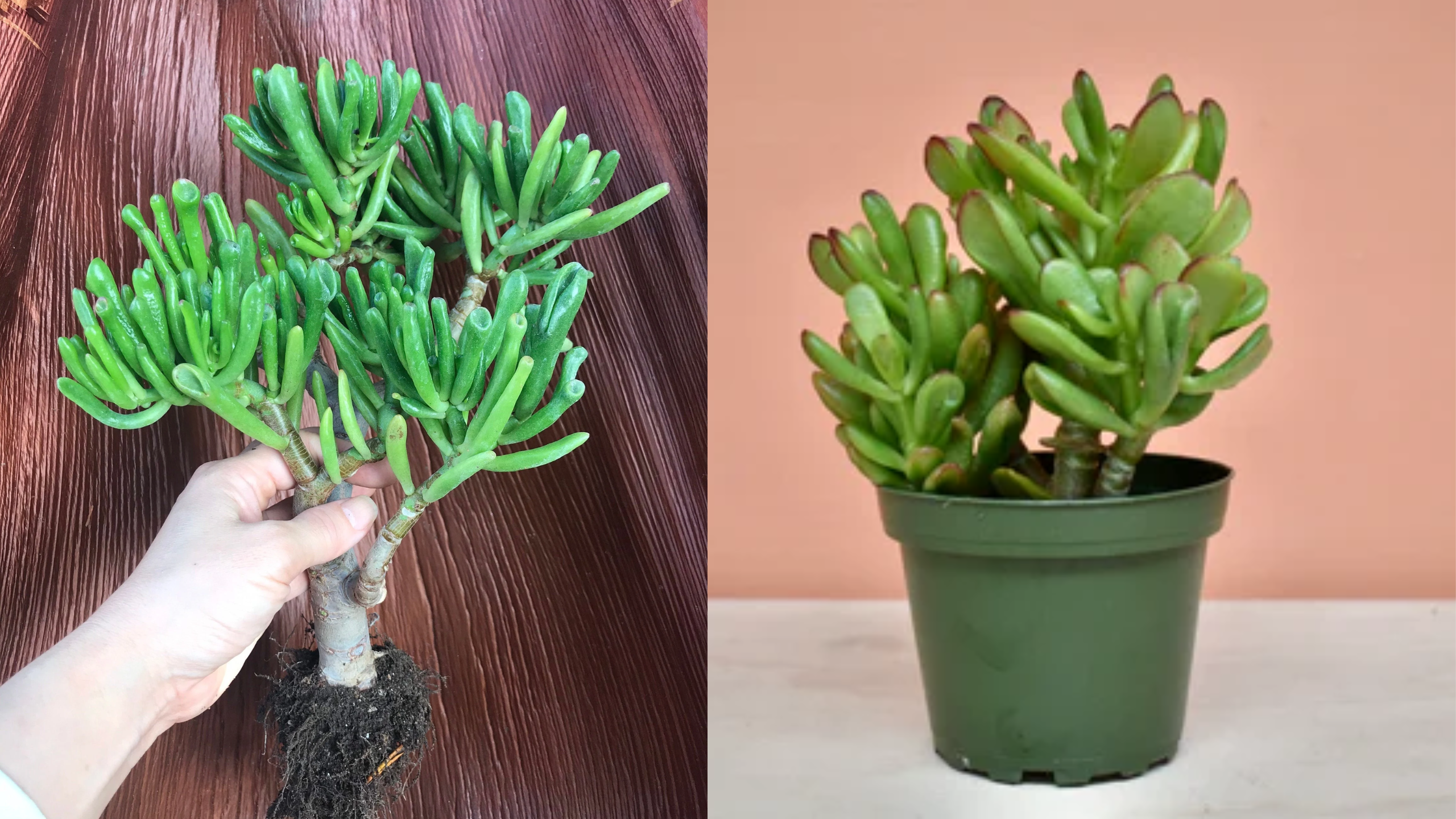Are you looking for an easy-care plant that adds a whimsical touch to your garden or home? The Hobbit shrub, with its charming appearance and minimal demands, is a perfect choice. Whether you’re a seasoned gardener or a beginner, this guide will walk you through the essential steps to cultivate this delightful plant successfully.
Selecting the Right Pot and Soil
The foundation of healthy plant growth starts with choosing the proper container and soil.
Pot Selection:
Opt for a pot with drainage holes to prevent water stagnation, which can lead to root rot. A terracotta or ceramic pot works well, as these materials naturally allow excess moisture to evaporate.
Soil Preference:
Use well-draining soil specifically formulated for succulents and cacti. These soils retain enough moisture for the plant to thrive but drain quickly, helping to avoid overwatering. You can also improve your soil by mixing regular potting soil with coarse sand or perlite to enhance drainage.
Finding the Perfect Spot
The Hobbit shrub loves its sunny location but not direct, harsh sunlight that can scorch its leaves. Aim for a bright spot where it can receive plenty of indirect light.
Ideal placement:
- Near a south- or east-facing window if kept indoors.
- On a balcony or outdoor patio where it’s protected from the strongest noon sun.
Consistent light helps maintain its compact, attractive shape and vibrant color, while avoiding the risk of sunburn.
Watering Tips for Healthy Growth
This shrub is quite drought-tolerant, making it impervious to overwatering if cared for correctly.
Watering schedule:
- Water moderately during the growing season (spring and summer).
- Allow the top inch of soil to dry out completely between waterings before watering again.
- Reduce watering during autumn and winter when the plant enters dormancy.
Key point:
Never let your plant sit in standing water, as this can cause root rot. When in doubt, it’s better to underwater than overwater this resilient plant.
Fertilization Made Easy

Feeding the Hobbit shrub is simple.
Spring and summer:
- Apply a diluted, liquid cactus or succulent fertilizer once a month.
- Follow the manufacturer’s instructions for dosage.
Winter:
- Skip fertilizing altogether, as the plant’s growth slows down and it requires less nutrients.
Proper fertilization encourages vibrant foliage and healthy, compact growth, without overwhelming the plant.
How to Propagate Your Hobbit Shrub
Propagation is straightforward and a rewarding part of gardening.
Propagation method:
- Select healthy, mature leaves or cuttings.
- Let the cutting sit in a dry, shaded place for a few days to callus over.
- Plant the leaf or cutting in well-draining succulent soil.
- Keep the soil lightly moist—not soaked—in a warm, bright location.
- Expect roots and new growth to develop within a few weeks.
This method allows you to multiply your plant easily and share its charm with friends.
When and How to Transplant
Hobbit shrubs don’t need to be repotted often.
Transplantation tips:
- Every 2-3 years, or when roots start to grow out of the drainage holes, it’s time to move your plant to a larger pot.
- Choose a slightly bigger container, reusing the same soil if it’s still healthy, or fresh soil if needed.
- Handle the roots gently to minimize stress.
Transplanting provides more space for growth and prevents the plant from becoming root-bound.
Comfortable Temperature Range
This plant is resilient to a range of temperatures but thrives best within specific limits.
Optimal temperatures:
- Between 20-22°C (68-72°F) during spring and summer.
- Around 15°C (59°F) in autumn and winter.
Avoid:
- Sudden temperature drops or frost, which can damage or kill the plant.
If kept indoors, ensure your space maintains a stable temperature, especially during colder months.
Final Tips for Growing Your Hobbit Shrub
- Keep an eye on its health—notice yellowing or sagging leaves, which could indicate overwatering.
- Regularly remove dead or yellowing leaves to promote tidy appearance and prevent pests.
- Feel free to experiment with creative arrangements—place this whimsical plant on shelves, windowsills, or garden beds to add a touch of fantasy.
This charming, low-demand plant not only beautifies your space but also brings a bit of magic into everyday life. With minimal fuss and a bit of care, your Hobbit shrub will flourish and become a delightful part of your botanical collection.

